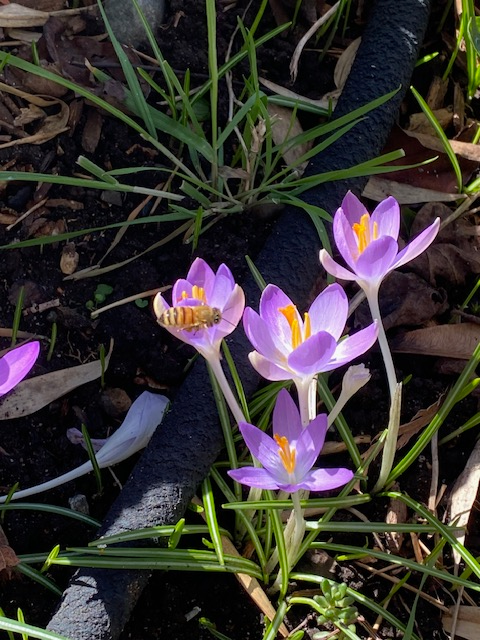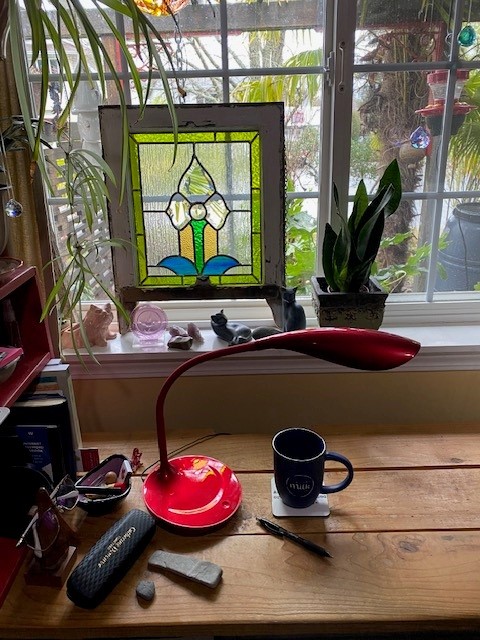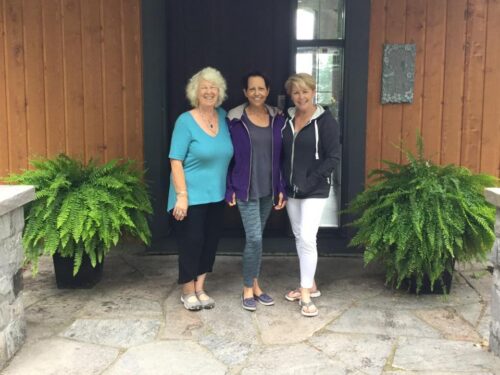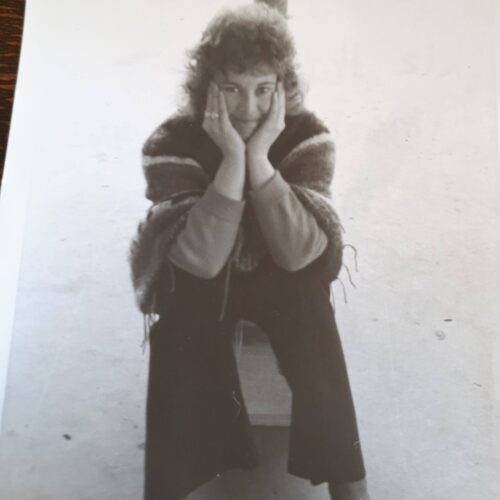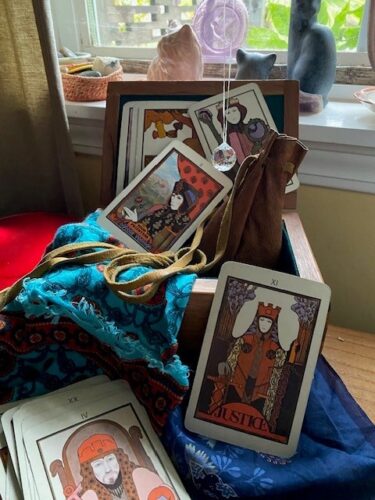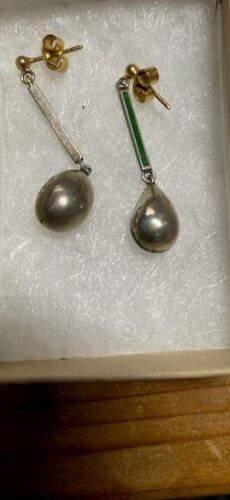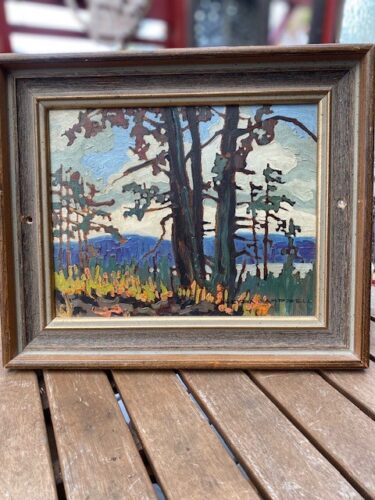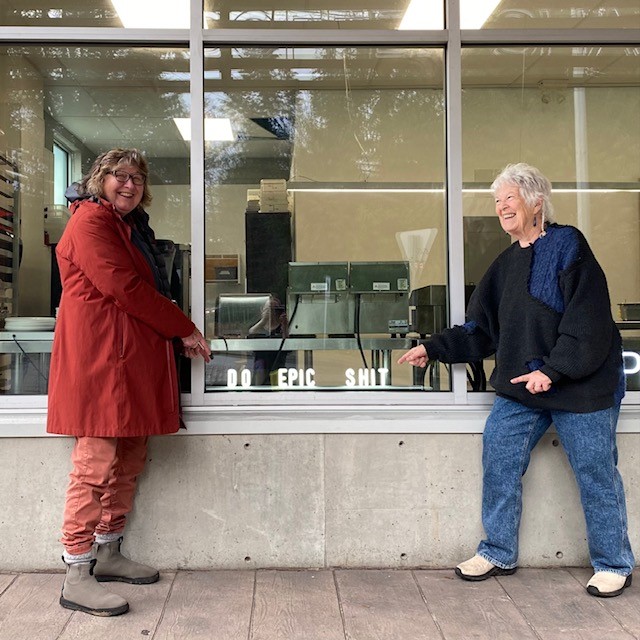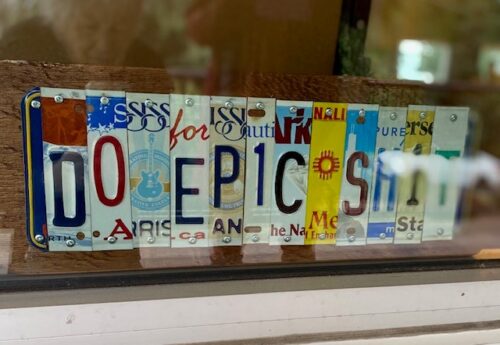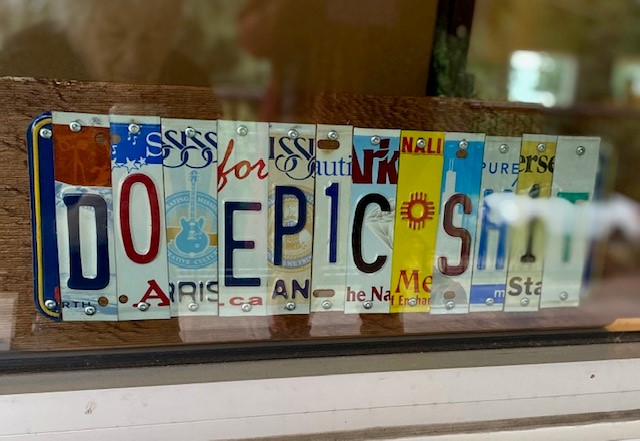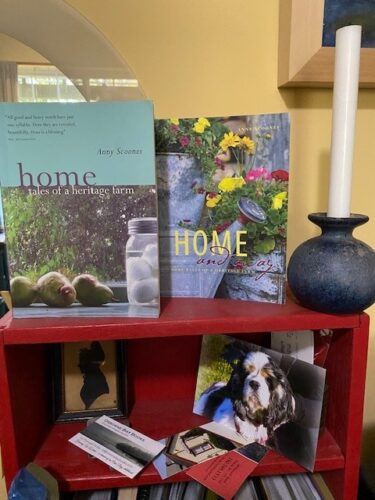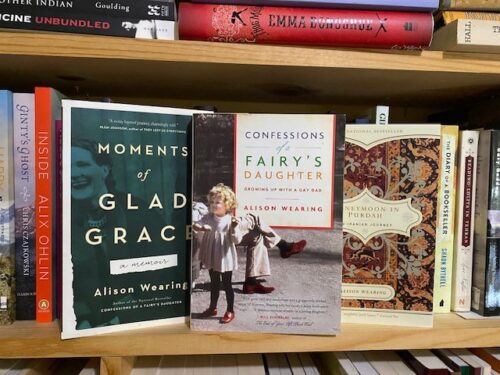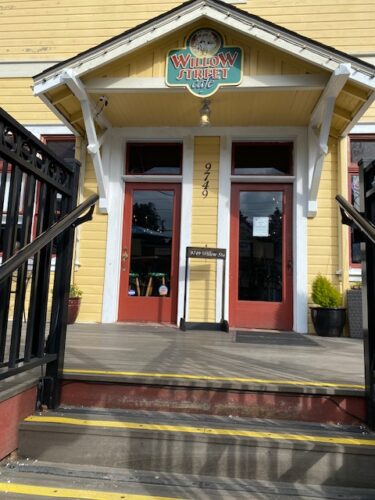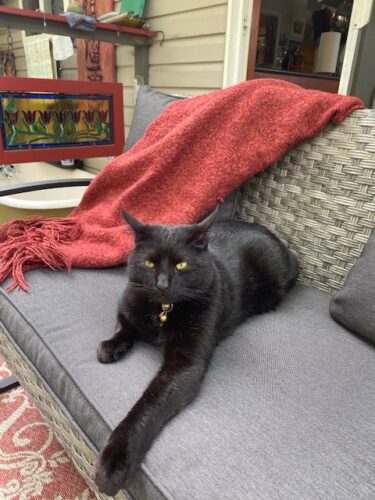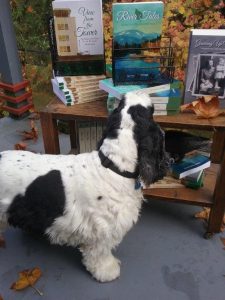The Things We Leave Out
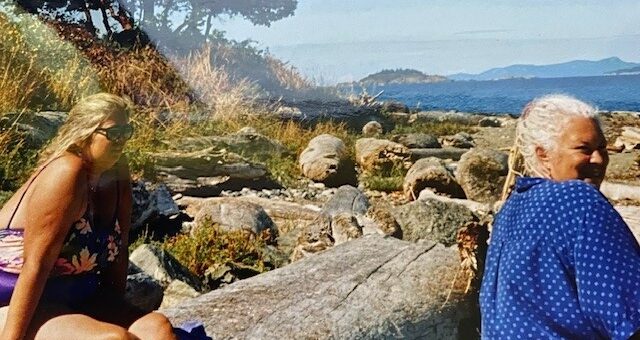
The hardest thing about editing is knowing what has to be left out/slashed/deleted. If it doesn’t belong, or move the story forward, it has to go. This story is one I had to drop as it isn’t about travelling on the coast. Yes it is on the coast of Vancouver Island, Lantzville to be precise, and it does include a dog, but it does not belong in my upcoming book. It is a story I love, a casual meeting on a summer day at the beach and I want to share it with you. It took place on a day in June 1995, thirty years ago.
I meet Violet Margaret Norback:
On one of those days swimming in the waters off Lantzville and throwing sticks for Bodhi, with Grant lounging on the beach with a book, I noticed an elderly woman sitting on a weathered log. She watched as I emerged from the sea and shook the salt water from my hair. I threw another stick in the ocean for Bodhi and walked across the sand to where the old woman was sitting.
“Lovely day for the beach,” I called with a smile.
She didn’t respond and I was taken aback by her closed expression as she pushed away the thick white hair that hung over her forehead. Her pale cloudy blue eyes considered me for a long moment, then she patted the log beside her and said, “Come, sit with me. Don’t be shy.”
I nudged my wet bottom on the rough log and asked, “Is that your house?” pointing to the faded green two-story house behind where we were sitting.
“Yes,” she said as she glanced back at the weathered building.
We sat quietly for a moment or so, I wondered if that was going to be the extent of our conversation, but then she began to speak in halting sentences with spaces in between.
“Fred and I built it fifty-five years ago. I dug the basement with a shovel. We just built it. No plan, no design. It’s a good house, lots of room. We didn’t have much but there was lots of firewood on the beach. I cut it with a seven-foot saw and bucked it up myself.”
Her name was Vi, and Fred, her husband, had died a few years back. I studied her face as she spoke. I was struck by the grief etched across her high cheekbones and elegant nose.
“I’m not used to talking,” Vi said. “Fred was the kind of man who did not talk much. Just two or three words a day. But I miss him. I’m lonely. There’s lots of men out there. They come around but I don’t want them. It’s different when they’ve fathered your children but as my mother said, ‘you don’t need to wash another man’s dirty socks.’ Some days I don’t see anyone,” she added. “I go two, three days without talking.”
It felt as though she had weeks of talking to do and I was more than happy to listen. I learned that Vi was born in Scotland, in the Orkney Islands and emigrated to Saskatchewan with her parents when she was young. I leaned back on my log and stretched my bare legs in the sun as she continued to tell her story.
“I used to trap. Had my own trapline, made money, mink and racoons. Fred set the traps. He didn’t like to do the rest. It’s a cruel business. My mother always said if you took on a job you had to do all parts of it. The good and the bad. I was good at it.”
“Where’d you trap?” I asked.
“Oh, around here,” she waved her arm vaguely toward Nanoose Bay. “Four miles. Sometimes I went further on ‘Indian’ land, but no one knew. It’s so long ago. It doesn’t matter now.”
“And I brought food home, used the shotgun for ducks and I caught fish. Out by Maude Island. Have you ever been there?” She asked, pointing across the water to a small island in the distance. “I used to row over there before sunup and catch ling cod,” she said, not waiting for an answer. “Sometimes I would put some bread dough up to rise first and come back with a catch of fish for lunch.”
I glanced at the sturdy wooden rowboat hauled up on the beach and marveled that she could row it across the water.
“You remind me of my Sottish grandmother,” I said. “She was adventuresome, and we always went to the beach together. You even look a little like her.”
“Was she lonely?” Vi asked.
I shrugged. “I don’t think so.”
“Ah maybe she didn’t say. Some women had it hard. It’s terrible being lonely. You take what life gives you and you don’t complain.”
Although I looked for Vi every time I walked by, I never saw her sitting on her beach log again, however I stopped by once and knocked on her back door. I couldn’t tell whether she was pleased to see me or whether I was an intrusion. She didn’t invite me in, and we had an awkward moment while we both looked at each other. Vi was wearing the same faded blue cotton house dress she was wearing on that day we talked on the beach. I wished I had brought her some cookies or muffins. An excuse for dropping by.
“We went out to Maude Island.” I said, breaking the silence. “In our canoe.”
“Did you fish?” she asked.
“No. No. We took a picnic and the dog, and I explored the island. It was beautiful and we had it all to ourselves. I want to go back.”
Vi stood with one hand resting on the door jam and nodded her head slightly. That was all. I walked down her stairs, turned at the bottom and gave a small wave goodbye. Vi watched. It was the last time I saw her.
Her two-acre waterfront property on Sebastion Road went up for sale a couple of years later. The town of Lantzville wanted to buy it for a park. The people voted against it. I was disappointed we weren’t having a park in Vi’s name but then I remembered Maude Island. There was more than fishing for Vi at Maude Island.
That day on the beach, when Vi had so much talking to let out, she added in a soft voice, her faded eyes gazing off in the distance, “I really went to Maude Island to get away, to be alone. But I was never completely alone,” she said, “there were spirits there too.”
I know, I felt them on the day Grant and I paddled to the island.
Violet Margaret Norback 1909-2000
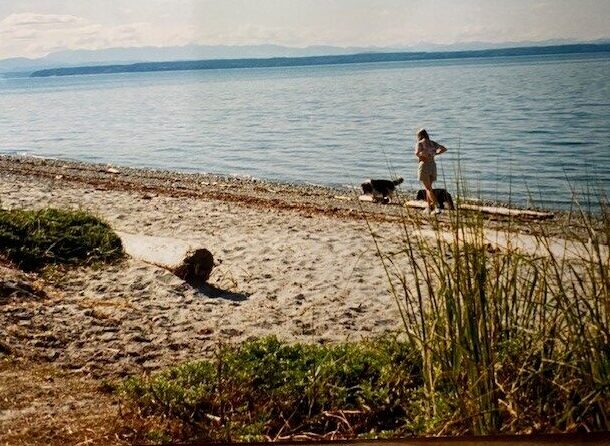
If you enjoyed this and are curious about more content from an Island Crone, please subscribe from my web page/blog sidebar. I promise to post at least once a month and sometimes more. But not often enough to bore.
~ Island Crone by Liz Maxwell Forbes
*Photo of my daughter Maureen and me was taken in 1997 on Lantzville Beach…I believe the small round looking island in the distance is Maude Island. The other photo is a stranger walking her dogs 1997, same beach. Best swimming beach ever!!!!











